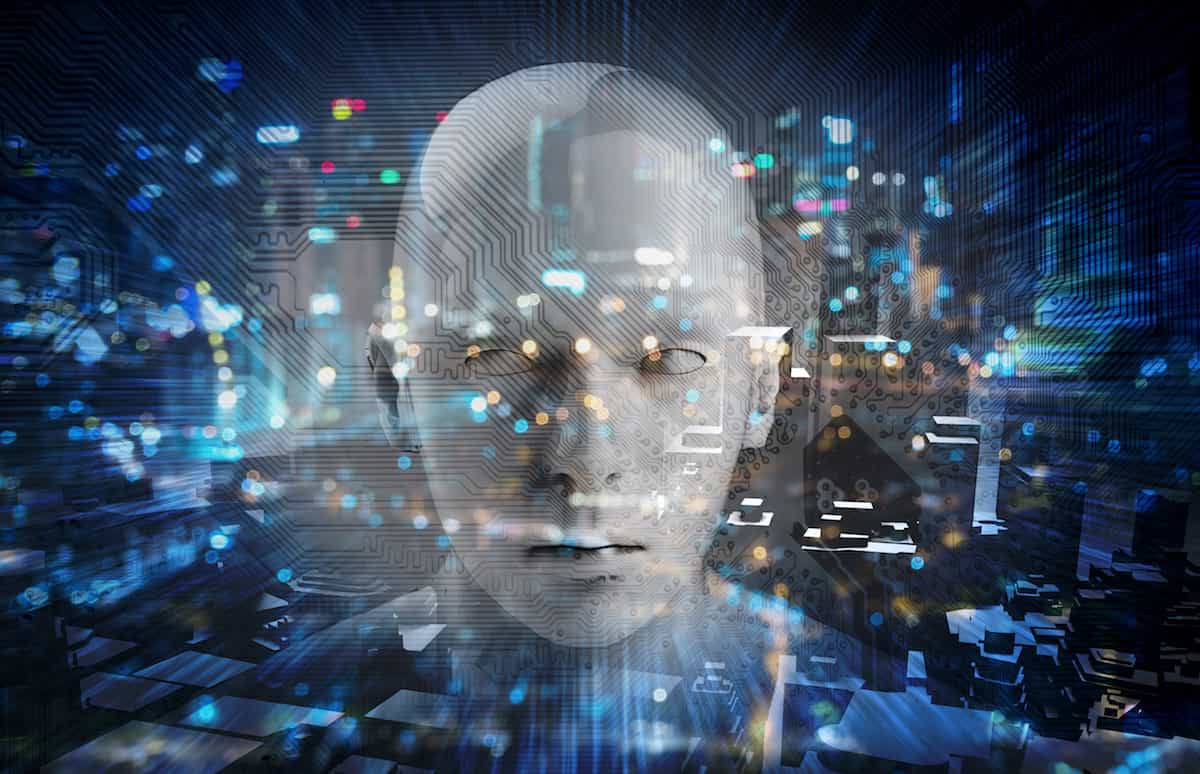Artificial Intelligence and its strong role in cybersecurity
Artificial Intelligence (AI) is revolutionizing sectors from healthcare to finance, with its most significant impact seen in cybersecurity. AI’s adaptability and predictive capabilities are crucial in protecting businesses and governments worldwide, serving as the first line of defense against cyber threats. However, the democratization of AI presents challenges, equipping both organizations and threat actors with advanced tools. This blog delves into the evolving role of AI in cybersecurity, exploring the changing threat landscape and the implications for future defense strategies. Join us as we examine the complex interplay of AI and cybersecurity, where progress brings both solutions and challenges in our digital security landscape.

Image Credit: itmonks.com
AI in Cybersecurity: The First Wave (2000–2010)
AI in Cybersecurity: The First Wave (2000–2010)
- Digital Transformation Kickoff (2000): The start of the millennium saw the beginning of digital transformation, impacting how we work and interact.
- Early Cyber Threats (2000-2005): Malware like ILOVEYOU and Melissa caused chaos globally, while financial motives led to a surge in phishing schemes and the emergence of the Zeus banking trojan.
- Security Measures (2000-2010): Organizations relied on basic defenses like antivirus software and firewalls. Intrusion detection systems and two-factor authentication (2FA) became key players in enhancing security.
- AI Emerges (Mid-2000s): Despite being in its early stages, AI showed promise in combating the surge of spam emails. It efficiently identified and quarantined malicious messages, providing a glimpse of its potential to scale defenses against evolving threats.
AI in Cybersecurity: The Second Wave (2010–2020)
- Changing IT Landscape (2010): SaaS, cloud computing, BYOD policies, and shadow IT transformed IT infrastructure, creating a dynamic but vulnerable environment.
- Evolving Threats (2010-2020): Threat actors became more sophisticated, targeting intellectual property, sabotaging infrastructure, and executing large-scale attacks. Nation-state threats and high-profile incidents like Stuxnet, Target, and Sony highlighted the escalating stakes.
- Supply Chain Vulnerability (2010-2020): The SolarWinds breach exposed supply chain vulnerabilities, impacting thousands of organizations globally. Ransomware attacks, including WannaCry and NotPetya, surged, demanding defenses that could scale rapidly.
- AI Defenders (2012 onwards): Cybersecurity companies led the charge with lightweight machine-learning models replacing traditional antivirus software. AI’s role expanded to include anomaly detection, flagging unusual patterns, and predictive analytics for anticipating and preventing advanced attacks.
AI in Cybersecurity: The Third Wave (2020-Present)
- Changing Landscape (2020): Remote work and decentralized IT systems, coupled with the rise of IoT, redefine the security perimeter, expanding the attack surface.
- Evolution of AI’s Role: AI shifts from a defensive tool to a double-edged sword, employed by adversaries. Commercial generative AI tools set guardrails, but adversarial tools like WormGPT emerge.
AI in Cyber Attacks (How it is used)
- Phishing Campaigns: AI aids in crafting convincing phishing emails, making detection more challenging.
- Target Identification: Machine learning analyzes online data for efficient identification of high-value targets.
- Behavior Analysis: AI-powered malware mimics normal activity to evade detection.
- Vulnerability Scanning: Autonomous tools scan networks for vulnerabilities and exploit the most effective ones.
- Smart Data-Sorting: AI selects valuable information to exfiltrate, reducing chances of detection.
- Social Engineering: AI-generated deepfake audio or video enhances vishing attacks, convincingly impersonating trusted individuals.
- Inflection Point: The dual use of AI as both a shield and a spear emphasize the need for organizations to stay informed in this critical phase of cybersecurity.
Conclusion:
In cybersecurity, threat actors innovate, emphasizing the need for defenders to stay informed. With AI playing a dual role, the landscape becomes more complex. Being proactive isn’t just a strategy; it positions organizations as leaders in this evolving cybersecurity narrative.
You think you have a story worth everyone’s time? SUBMIT A STORY and we will publish it
Share this content:




Post Comment